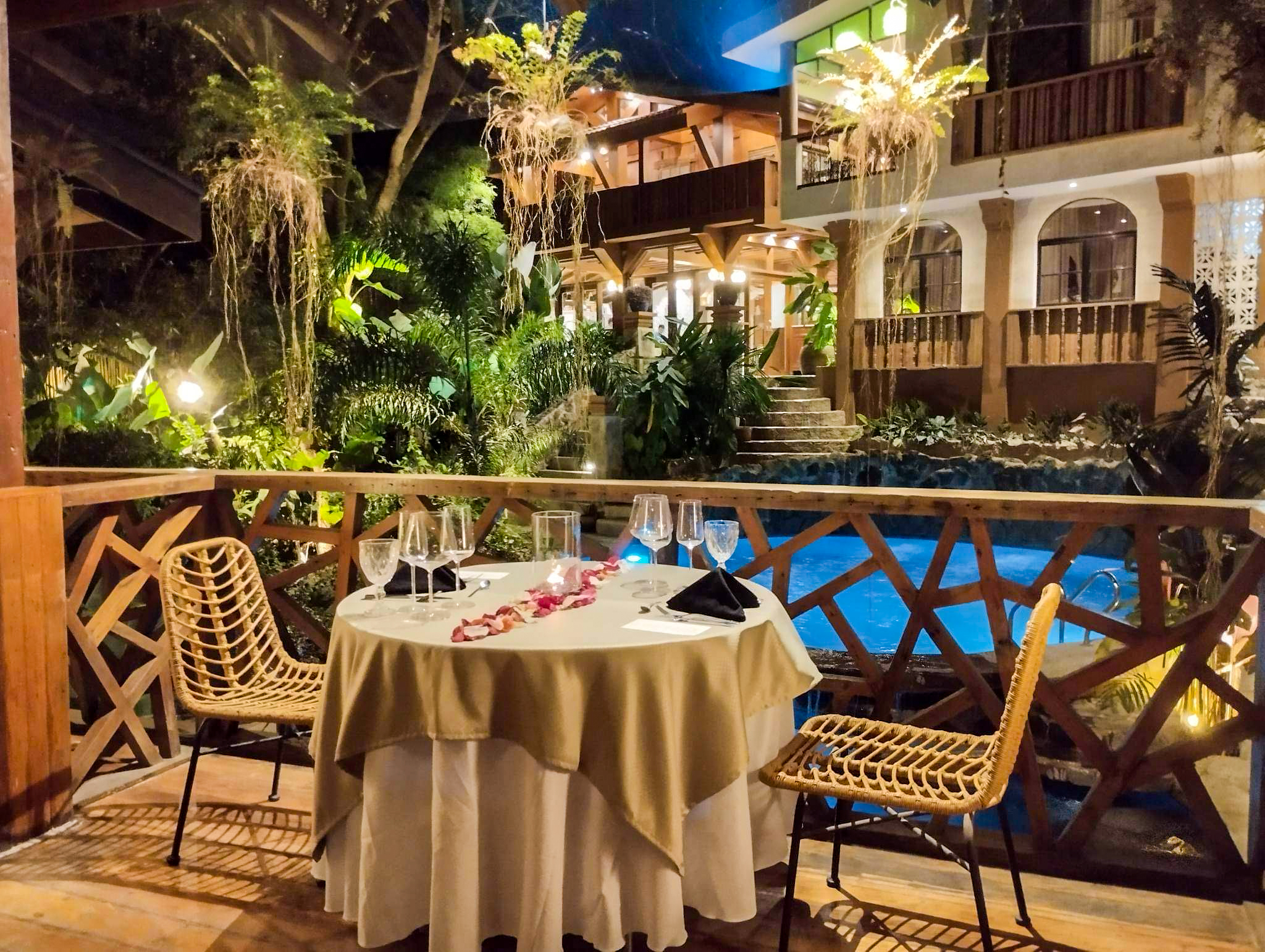Ask any seasoned traveler about his favorite destinations, and chances are they have a religious, countryside or close-to-nature component. The City of Baybay in Leyte, by providence, happens to have these three elements, thus making it the emerging hub for faith, farm and eco-tourism in Eastern Visayas.
Dubbed “The City of Beauty, Serenity and Discovery,” it may not be the usual recreational sight-seeing journey for travel bugs, but it boasts of a unique blend of the three new sectors in the industry the Department of Tourism (DOT) is developing because of their growing markets. Proclaimed a component city of Leyte in 2007, Baybay has been quietly making a name as an under-the-radar destination because of the unique confluence of these three tourism sectors.

Faith Tourism
Baybay is the home to the Diocesan Shrine of San Antonio de Padua, which draws hordes of pilgrims venerating the century-old image of the saint, which is believed to be miraculous.
Located in the coastal barangay of Pomponan, Catholic faithful from all over the country pay tribute to the saint every 13th of the month, in an act of devotion. A traditional religious dance called “sirong” is performed during the saint’s patronal feast on June 13, which incidentally falls two days before Baybay’s cityhood day.
The church, which attracts over 300,000 devotees a year, constantly ranks as the top cultural attraction in Region 8. This number is part of the more than 647,045 visitors who swing by Baybay annually – the highest in the region based on data from DOT-8.


Another religious attraction is the Baybay parish church, a baroque structure started in 1852 by Spanish friar Vicente Cronado, and continued by Maestro Proceso.
The town became a parish on Sept. 8, 1835 with the invocation of Our Lady of the Immaculate Conception as patron.
Gutted by fire in 1866 (except for the Holy Cross Chapel), the church was completed in 1870 as renowned sculptor and painter Capitan Mateo Espinoso applied the finishing touches, lending magnificence to the house of worship.
The church is in the heart of the “heritage lane,” dubbed so owing to the well preserved Spanish and American-era ancestral houses, which transport visitors back in time as they visit these living museums.
The parish celebrates its patronal feast on Dec. 27, while the city government has incepted the Binaybayon Festival to showcase the city’s rich cultural heritage.

Farm Tourism
Baybay has been showcasing its agriculture potentials, long before Republic Act 10816 (Farm Tourism Development Act 2016) was signed into law.
Thanks to the presence of the Visayas State University (VSU), a prominent institution of higher learning at the forefront of agricultural education and research and development.

Formerly known as the Visayas State College of Agriculture (Visca), this sprawling school has been quietly sowing the seeds of farm tourism for decades in this part of the archipelago with its vast gardens, demo farms and fertile plots.
Sandwiched between the undulating Pangasugan mountain ranges and the scenic Camotes Sea, this resort university is 1,479 hectares of greeneries, and houses the National Abaca Research Center, National Coconut Research Center-Visayas, and the Philippine Root Crops Research and Training Center, and other regional agency centers of agriculture and environment.
The expansive campus’ lush environs make it conducive to agricultural learning, bringing out the proverbial green thumb in every student or visitor.
Baybay also boasts of its 13,820-hectare coconut plantation, the biggest in Eastern Visayas, which has lured big agro-industries, SC Global Coco Products Inc., and SC Global Food Products Inc., the world’s largest producer of organic coconut oil.
The city is also host to Ching Bee Trading Corp., the world’s biggest traders of abaca fiber, and Specialty Pulp Manufacturing, Inc., Asia’s biggest abaca pulp mill.
These factories form the core of a specialized industrial tourism circuit for benchmarking some of the industry’s best practices and technologies.
Eco-Tourism
Baybay owes its name (which literally means “beach”) to having the longest coastline in Leyte. As such, it goes without saying that among its top tourist draws are its cozy coasts, dissected by rivers and streams emanating from the Pangasugan ranges, which has remarkable flora and fauna.
The wind-swept Lintaon Peak, the city’s highest point, affords guests a commanding view of the city, Camotes Sea, and islands across the channel. As part of its 10th cityhood day, Baybay recently opened the 16,000 Blossoms Park – an attraction adorned by 16,000 LED lights, which illuminate the mountain at night.

The park is comprised of white and red roses embedded in the grassy meadow forming the phrase “I Love Baybay.”
According to Mayor Carmen Cari, the park is part of the city’s tourism development plan designed to transform the area into the Lintaon Ecotourism Zone, which will have an information center, view deck, pavilion, picnic areas, and other tourist facilities.
A tall image of the city’s patron saint, Immaculate Conception, will also be erected to make it a pilgrimage site due to its proximity to the San Antonio de Padua Shrine.
She said the project will be endorsed to the Regional Development Council (to make the site as a regional attraction) to boost its tourism potential.
For a consummate experience, the more adventurous can explore the nearby Lintaon Cave, scale Mt. Pangasugan, and go for dips at the rejuvenating waters of Bakwitan River and Falls.

Getting there:
Baybay is two hours away by van from Tacloban City, and 45 minutes from Ormoc City.
From Cebu City, it is five hours away by roll-on, roll-off ferry boats
By BERNARD L SUPETRAN
BAYBAY CITY: Where faith, farm and eco-tourism commune
Published on September 4, 2017
This post was last updated on March 26th, 2020 at 02:51 pm










